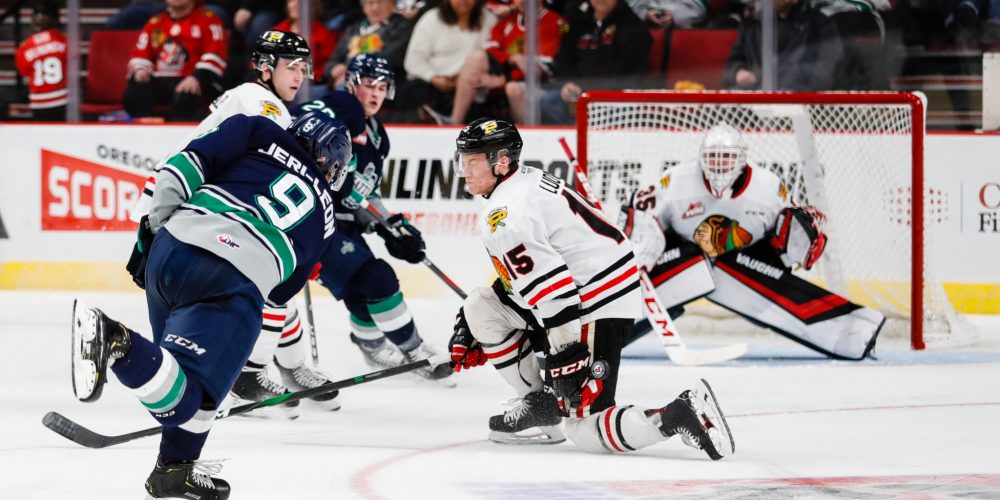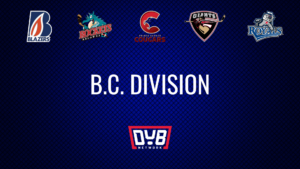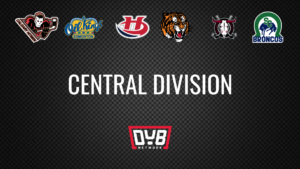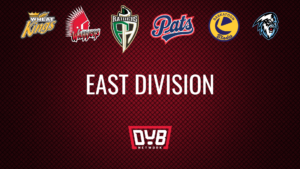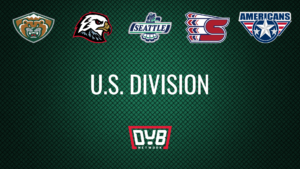Originally posted on April 21, 2021.
Depending on your location in North America, fans of the Western Hockey League waited nearly a year (or more) to see their favourite sport return to action. During the dislodged hockey calendar, members of the league watched highlights, discussed, and remembered some of their fondest WHL memories, all while dreaming of new ones.
“It’s crazy to think that someone would miss a rubber puck getting blasted into the back of their leg or in the arm, but that was the case for me,” said Saskatoon Blades’ captain Chase Wouters.
Whether it be in basketball or hockey, blocking shots have been a key ingredient in creating championship culture.
But what if there’s no championship on the line? Would players still sacrifice their bodies the same way?
So far, through the first few months of the WHL season, it doesn’t appear as if the blocked shot will go away, even without a chance at both an Ed Chynoweth Cup and Memorial Cup.
“When we returned to play in February, we set out with the intention of completing a 24-game regular-season schedule, knowing adjustments would be needed along the way,” said WHL Commissioner Ron Robison in a statement released on April 19. “We remained hopeful that public health conditions would improve, but unfortunately that is not the reality we see in front of us today. The ongoing challenges with non-essential interprovincial and international cross-border travel leave us no alternative but to cancel the 2021 WHL Playoffs.”
As a league, the WHL does not keep track of individual and team blocked shots. According to the league’s office, they don’t have the resources to do so. However, each team is different, and some track more information than others. That data stays internal, but all you have to do is find a nightly stream to see that blocked shots are still present in a year without a trophy at the end of the line.
“You have to go into the season with the same mentality, teach the same fundamentals and teach the same basics of the game. This year, we missed an opportunity to do some of that during the exhibition season,” said Portland Winterhawks assistant coach Don Hay. “Blocking shots is a skill and we take a lot of pride developing that skill. We have some guys in our program that were not stressed the importance of it in minor hockey. It’s our job to show them the way we do it.”
With no exhibition season and a restricted training camp, it took a few games for teams to find their legs and key in on the finer details of the game.
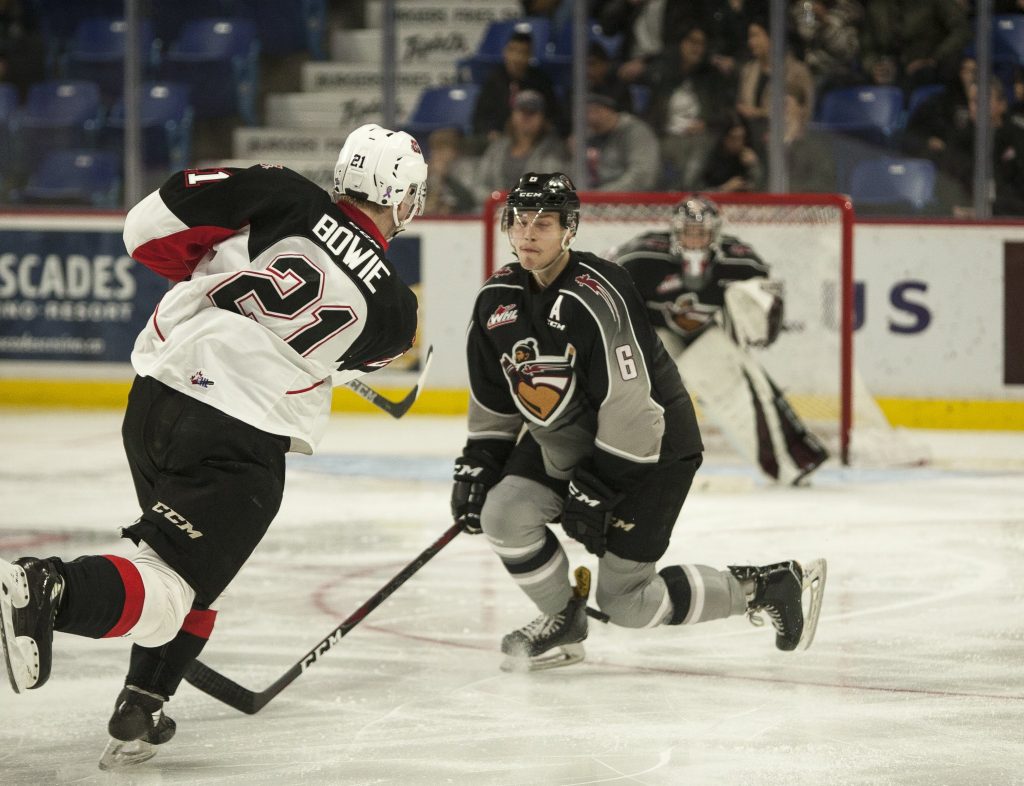
“For us, it’s part of our cultural habits we try and teach. We have a series of little things that don’t show up on the scoresheet, but that we expect our players to do. Doesn’t matter whether you’re on the first line or the fourth; a regular or someone who’s in and out of the lineup, we base our game off of building good habits, and blocking shots is one of them,” said Saskatoon Blades head coach Mitch Love.
Despite no championship being on the line, the games have still been entertaining. The players, coaches, and staff members all want to win – you don’t get to this level without being a fierce competitor. But besides the wins and losses, players are playing for more ice time, roster spots in the future, an opportunity to play at the next level, or even career milestones.
Recently at the REMAX Hub in Kamloops, B.C., Trent Miner of the Vancouver Giants was hunting down a 53-year-old league record for consecutive minutes without allowing a goal.
“The players wanted to play for Trent. They wanted to give him a chance to keep the puck out of the net for another game here,” Giants associate coach Keith McCambridge told play-by-play man Dan O’Connor on Sportsnet 650’s post-game broadcast.
That much was evident late on March 28, when the Giants were up 6-0 on the visiting Kelowna Rockets with a few minutes remaining in regulation at the Sandman Centre.
“I just do whatever I can to get in front of [their shot]. I hope it hits me,” said Giants defenceman Dallon Wilton. “I don’t care what the score is. I want to block that shot. I enjoy it.”
With the game well out of reach but the streak a talking point in the dressing room, members of the Giants did all they could to keep the shutout bid alive.
“Trent is so great, he’s going to make the first and likely the second save. I don’t want to make him make a third save if he doesn’t have to,” said Wilton.
Wilton was mirroring Kaedan Korczak as the Vegas Golden Knights prospect was walking along the Giants’ blueline, looking for a shooting lane.
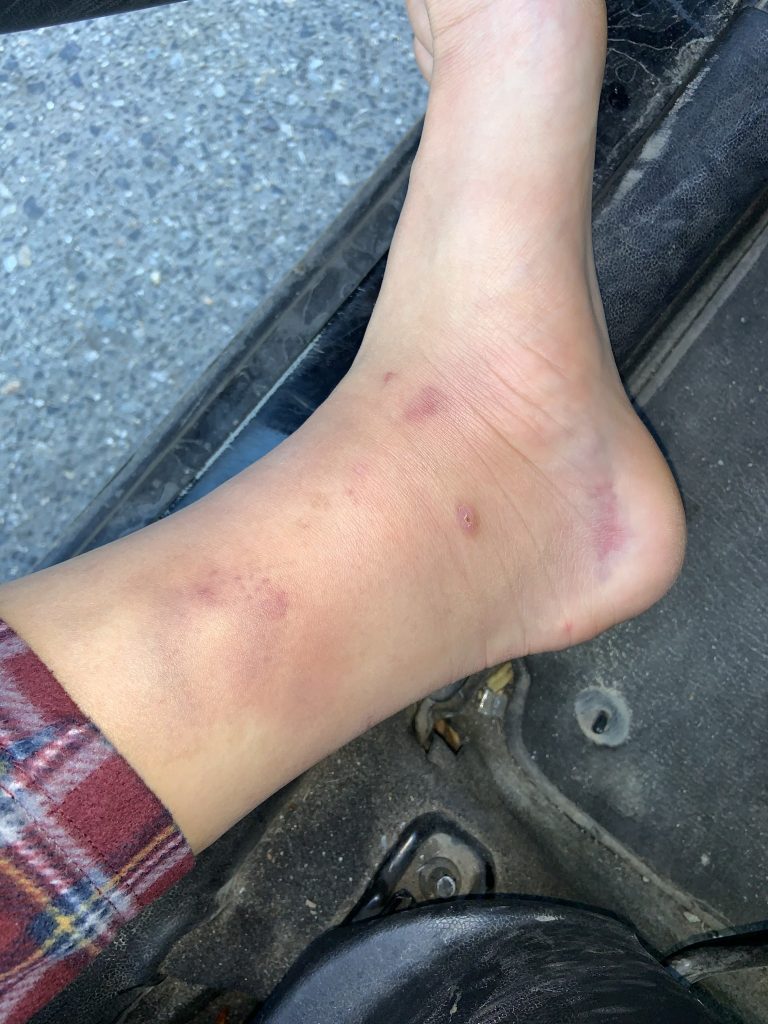
The first one was a booming one-timer blocked by his shin pads. The puck made its way back to Korczak, who side-stepped to create a new lane, but Wilton stuck his stick in front of it. For the hat trick, Wilton stayed in front of his man and kicked his foot out to make the skate save.
“There’s having the proper form, which is something we work on, and then there’s times where you have to do anything you can to block a shot,” said Wilton.
During the TV timeout moments later, Miner made sure to find his veteran winger and thanked him for his selfless efforts.
Two provinces away in the Subway Hub, another goalie was looking to etch his name in the record books. This time, it was Wouters’ teammate, Nolan Maier, who was hunting down the franchise wins record.
The Brandon Wheat Kings were hosting the Blades on March 22 at the Brandt Centre when Wouters put his skills on display.
Up 5-4 with less than one minute remaining, the Blades were hemmed in their own end, as the Wheaties lifted Ethan Kruger for the extra attacker. Similar to Wilton’s performance, Wouters blocked a barrage of shots at the blueline.
“The first one hit me in the foot, which didn’t hurt because I wear shot blockers – I’ve never had to deal with a foot injury because of them. The second one got me in the back of the leg where there’s no padding. That one hurt a bit and later bruised, but it was worth it in the end,” said Wouters.
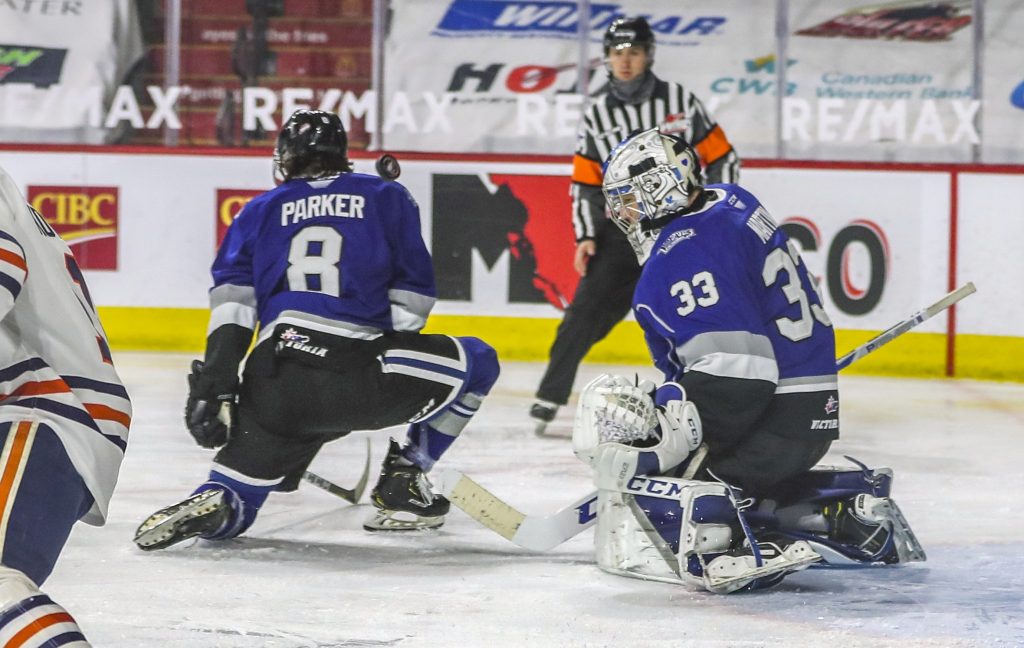
Wouters’ one-knee style of shot-blocking sealed the victory and is the preferred method of blocking for most players across the league.
“Part of our philosophy is to take away time and space. If there is a breakdown and you have to come out quickly to challenge a shot, it’s important to still be under control. We don’t want our guys reading shots off the shooter’s body. Instead, we want them looking where his stick is and where the puck is getting released,” said McCambridge. “We also want our guys to read the shooter’s feet. Is he set and ready, or still in motion? Those are good signs that let us know if we can anticipate a shot or if we have to move into a new shooting lane.”
“We go over blocking shots every few practices. We talk about the form, where to expect shots from, and even block shots,” said Hay. “I don’t shoot real pucks at them – that would be evil. We use sponge ones so they can get in the habit of blocking it with the proper form. Some players take to it rather quickly and others have a little bit longer of a learning curve. But if you want to play late in the game or on the penalty kill, you’re going to have to learn how to properly block a shot.”
For the Winterhawks, blocking shots has long been a calling card of theirs. Current players on the roster such as Kade Nolan, Kurtis Smythe, and Jonas Brøndberg took their Master’s degree in blocking by last year’s captain, John Ludvig.
“You have to prepare mentally in advance for games against teams like Everett, who take a lot of shots. You don’t want all those pucks getting through on net,” said Brøndberg. “Kade Nolan has done a great job at that this year. There was a game earlier against the Silvertips where he ate a pretty heavy shot and you could tell it hurt him, but he did a great job of not showing how much pain he was in. There was also another time when (Nick) Cicek took one up around the face and didn’t seem too fazed by it.
If you don’t block a shot, you don’t want to win bad enough. It’s obvious just by watching this team that we want to win bad enough.”
The WHL is full of heavy hitters who are looking to grip it and rip it. There aren’t too many safe spots on the ice when guys like former Regina Pats star Connor Hobbs are in attack mode.
“I remember my first year in Kelowna and I was blocking shots in practice just so I could get more ice time. And that’s when they had guys like Lassi Thomson and Nolan Foote. I knew they both had really hard shots and that they were going to hurt to stand in front of, but it’s what I felt like I had to do at that point in time.”
Even without fans in attendance, the momentum and positive energy created from a blocked shot sends a jolt throughout the arena.
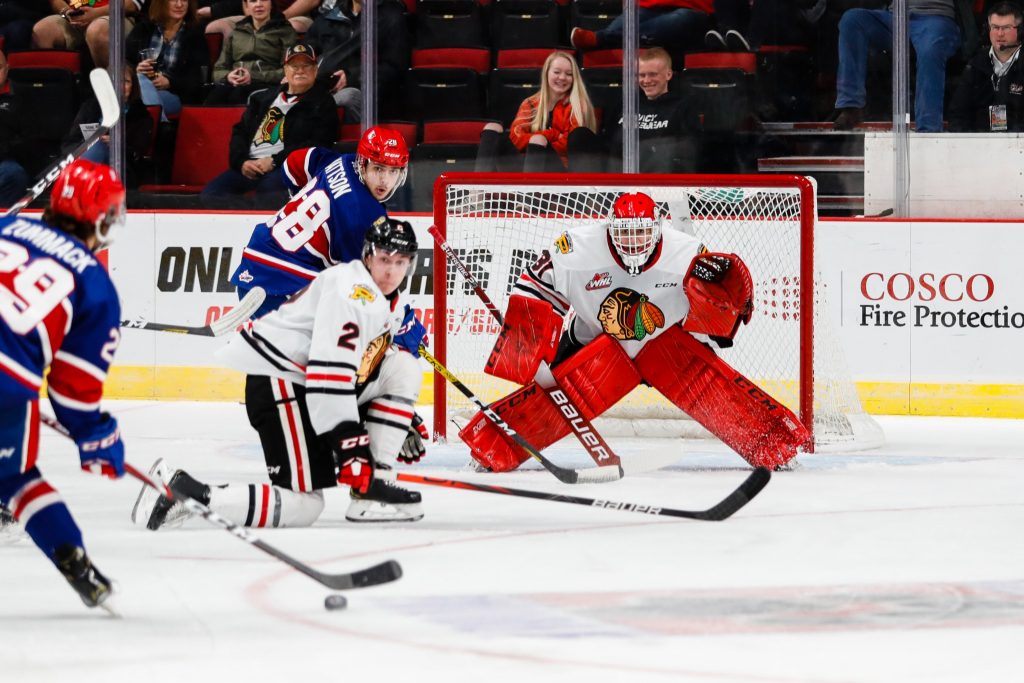
“You can really hear the bench going nuts after a big block this year. I find that it builds up our confidence and makes the next guy more eager to block the next shot,” said Brøndberg. “Even though it may sting, you just have to think about your teammates celebrating you when you get back to the bench.”
Throughout COVID-19, a lot of people have had to make sacrifices in different aspects of their lives. For WHL players, all are happy to be back playing even though it means that their playoffs have been sacrificed to protect the safety of everyone involved with the game.
“We’re going to play as hard as ever. Whether that’s driving to the front of the net, fighting for every inch of the ice, battling for secondary opportunities, being physically engaged, or even blocking shots. It’s all a part of the culture we are building here, regardless of what’s on the line at the end of the day,” said Love.
Blocked shots in the 2021 season won’t result in a WHL championship celebration later this spring, but it’s a foundational skill that programs are trying to instill on their players in the hopes of building good habits so when championship opportunities present themselves in the future, ideally without any flamingos in sight.

